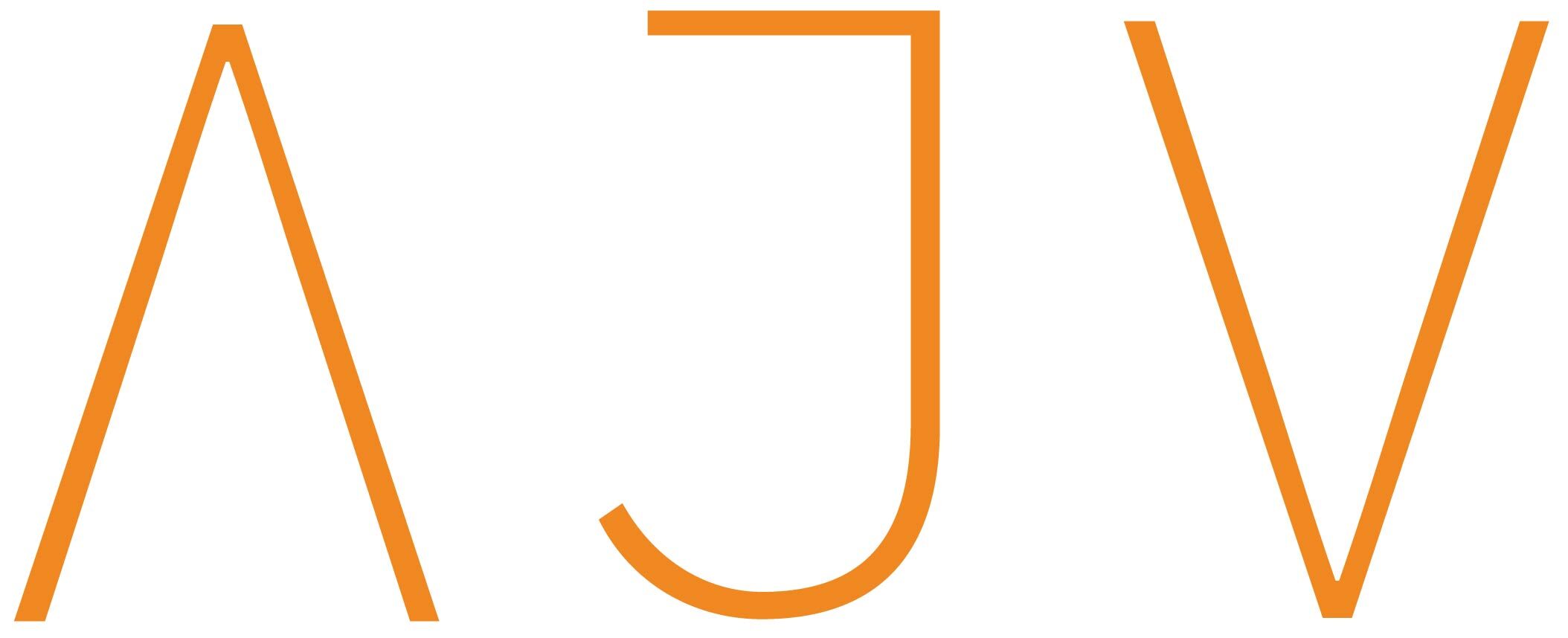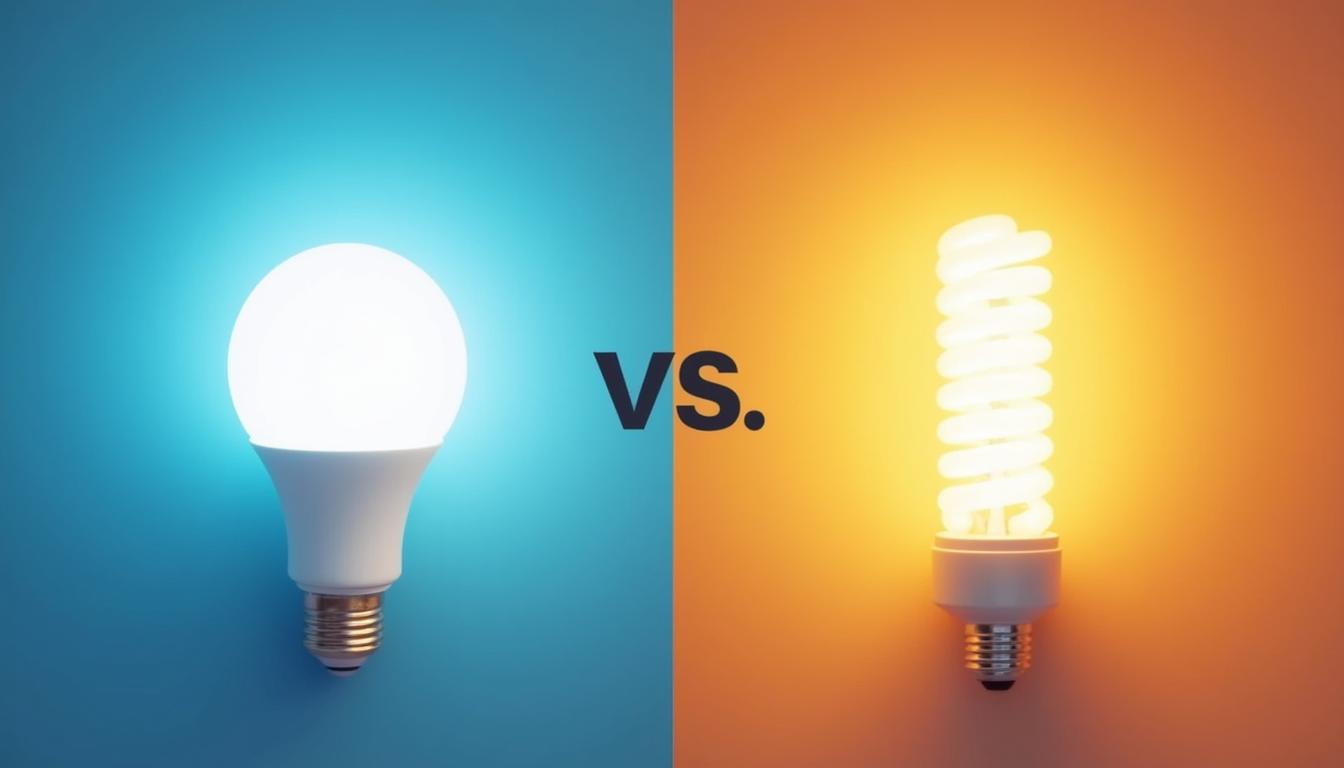Introduction
Good lighting is more than just a must in commercial areas. Instead, it’s an important part that impacts safety, efficiency, and business costs. Choosing the right lighting system is a smart move when there are significant places to light up and long hours.
Many building managers today compare LED vs fluorescent lighting to determine which offers better efficiency, durability, and value. This piece goes into great detail about both choices so businesses can make informed decisions. So, read on!
What is LED Lighting?
To fully understand the benefits, it is first necessary to ask: What is LED lighting? A light-emitting diode, or LED, is a type of semiconductor that gives off light when electricity flows through it. Electroluminescence is how LEDs make light, not filaments like regular lamps. It saves energy and makes them last a long time. Their durability and flexibility have made them very popular in industry settings.
LED Lighting Advantages
When comparing LED vs fluorescent lighting, LEDs clearly have the following benefits:
- Less Energy Use: LEDs use as little as 75% less energy than fluorescents.
- Lower Heat Emission: Great for places that need to keep a steady temperature.
- Durability: It can handle shocks and vibrations, making it great for areas with a lot of activity.
- Friendly to the Environment: They are reusable and don’t contain mercury.
- Directional Light: Directional light provides direct, uniform light distribution without the need for reflectors.
- High CRI: It means a better colour rendering index, which makes things easier to see and lessens eye strain in workplaces.
Because of these LED lighting advantages, overhead costs decrease, and working conditions improve.
Lifespan of LED Lighting
A central selling point is the long lifespan of LED lights. Industrial-grade LED lights usually last between 50,000 and 100,000 hours, while gas lights only last 10,000 to 30,000 hours.
Longevity means fewer backups, lower labor costs, and little downtime for business. If a plant that is open 24 hours a day, 7 days a week, cuts down on repair cycles, it could save a lot of money over five years.
How to Choose LED Lighting
You need to know how to choose LED lights to get the most out of your investment. Take a look at this short list:
- Lumens: Instead of focusing on watts, look at lumens, which measure how bright something is.
- CRI Rating: Aim for a good color rendering index for clear vision.
- IP Rating: With an IP grade, you can be sure that the device will work in wet or outdoor conditions.
- Tests: Look for tests done by BIS, RoHS, or IEC.
- Ballast Compatibility: If you are upgrading, ensure that the fixture works with your current ballast or that you can safely ignore it.
- Even Lighting: This is important for significant areas to avoid shadows.
What is Fluorescent Lighting?
As a fair comparison, we must also ask: What is fluorescent lighting? In gas-discharge tubes, electricity excites mercury vapor, which makes UV light. A fluorescent covering then changes this into light that we can see.
CFLs (Compact Fluorescent Lamps) and linear fluorescents (T5, T8, T12) are two common types. They’ve been popular in the past because they were cheap and used energy efficiently. Most of the time, they come in handy in office buildings, stores, and factories.
Advantages of Fluorescent Lighting
Fluorescent lighting is being taken out in many places, but it can still be helpful in some situations:
- Less Expensive at First: Perfect for projects that don’t have a lot of money.
- Availability to Many People: It is easy to find repairs or parts.
- Good Levels of Brightness: Especially in long, straight lines for big spaces.
- Even Spread of Light: They provide adequate uniform light distribution in general-purpose settings.
Their ballast compatibility must be checked often, though, and they flicker or worsen over time.
Difference Between LED and Fluorescent Lighting
Industrial decision-makers can choose the best option by knowing the main differences between LED and fluorescent lighting. Here is a thorough comparison based on some essential factors:
|
Feature |
LED Lighting |
Fluorescent Lighting |
|
Energy Efficiency |
High |
Moderate |
|
Lifespan |
50,000–100,000 hours |
10,000–30,000 hours |
|
Maintenance |
Low |
High (due to replacements) |
|
Initial Cost |
Higher |
Lower |
|
Long-Term Cost |
More economical |
Costlier over time |
|
Environmental Impact |
Low (no mercury, recyclable) |
High (contains mercury) |
|
Light Quality |
High CRI, no flicker |
Lower CRI, flickers with age |
|
Temperature Sensitivity |
Performs well in all temps |
May dim or fail in cold areas |
Which is Better – Fluorescent or LED?
LEDs are clearly the better option for most industry applications when comparing LED vs fluorescent lighting. Even though they cost more upfront, they are better for demanding places like factories, stores, and processing plants because they last longer, have lower running costs, and work well in various temperatures.
Real-life examples back this up. By replacing 500 fluorescent light fixtures with LEDs, a shipping center cut its energy use by 60%, cut down on upkeep time, and made workers safer by providing better lighting.
When to use LED and Fluorescent Lighting
There are still times and places for both types of lighting, based on the task, the setting, and the cash.
When to Use LED Lighting:
- Facilities running 24/7.
- With high ceilings, you need lights with a lot of power.
- Places with very high or very low temperatures.
- Sites that want to cut down on their carbon footprint.
- Uses that need a high color rendering index.
- Uniform light distribution is essential in these projects.
When to Use Fluorescent Lighting:
- Setups for short-term or temporary businesses.
- Projects with small funds at the start.
- Places that are only open during certain hours.
- Places where upgrading is not possible because the equipment is already there.
Conclusion
Picking the right lights is an essential choice for any commercial building. LEDs are the clear winner when considering LED vs fluorescent lighting because they use less energy, require less upkeep, and work better. Fluorescent lights may still be helpful in some situations, but LED lights are the better long-term choice for most workplace settings, especially if you choose them carefully.
FAQs:
-
Can I mix LED and fluorescent lights in the same industrial space?
Yes, but for your own comfort, it’s best to keep the color temperature and light quality the same. It may also depend on the fixings and ballasts used.
-
Are LED lights affected by frequent switching on and off?
Frequent flipping doesn’t affect LEDs like it does fluorescents. It makes them perfect for places with motion sensors or desks used only sometimes.
-
Can upgrading to LED lighting increase the resale value of an industrial facility?
Yes. People think of LED updates as energy-efficient improvements that can raise the value of a home by lowering its future operating costs.
-
Which is more cost-effective in the long term: LED vs fluorescent lighting?
LED lighting is more cost-effective because it uses less energy, needs fewer repairs, and doesn’t need as much upkeep.
-
How does LED vs fluorescent lighting affect electricity bills in industrial settings?
LEDs use much less power, which means that your energy bills will go down greatly over time.
-
Can I replace fluorescent tubes with LEDs easily?
Yes, many LED tubes can be used in old light fixtures. On the other hand, some setups may need to be checked for ballast compatibility and rewired.

